World’s worst property nightmares
Mysterious fire guts abandoned mansion on Billionaires' Row
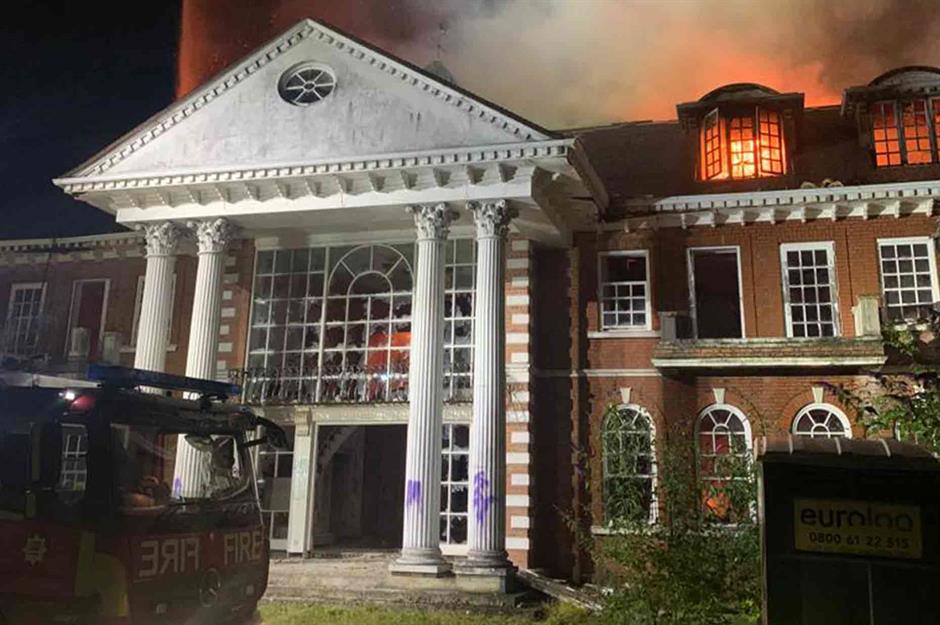
This enigmatic derelict mansion on London's most exclusive road had been abandoned for decades before an unexplained fire recently tore through the sprawling residence. Shrouded in intrigue, its colourful past makes for curious reading. Formerly home to a silver-screen star, the estate fell into the hands of Saudi royalty, a mysterious shell corporation and an enthusiastic band of squatters. Click or scroll on to uncover its secrets and find out how the crumbling landmark succumbed to the flames...
Billionaires' Row
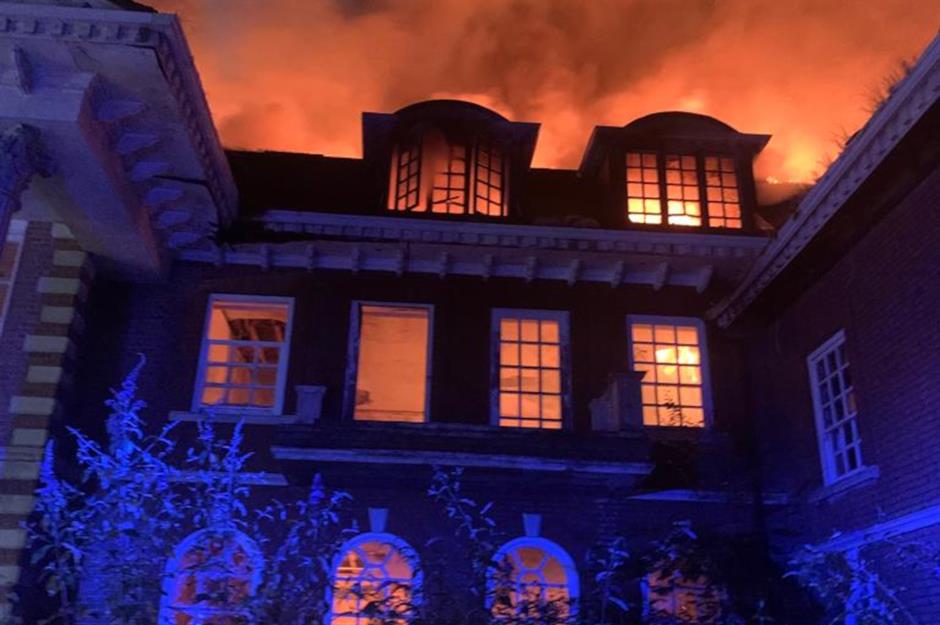
Bishops Avenue in North London, one of the city’s most expensive residential streets, has long been known as Billionaires’ Row. However, a number of mansions stand vacant on the prestigious road, purchased as investments and left to languish by their tycoon owners. One such multimillion-pound property, which has been abandoned for many years now, met a tragic fate recently. At 12:42 am on 21 July 2023, roughly 70 firefighters were called to the property to battle a blaze that had broken out on the home’s ground floor and was rapidly consuming the building.
A fiery inferno
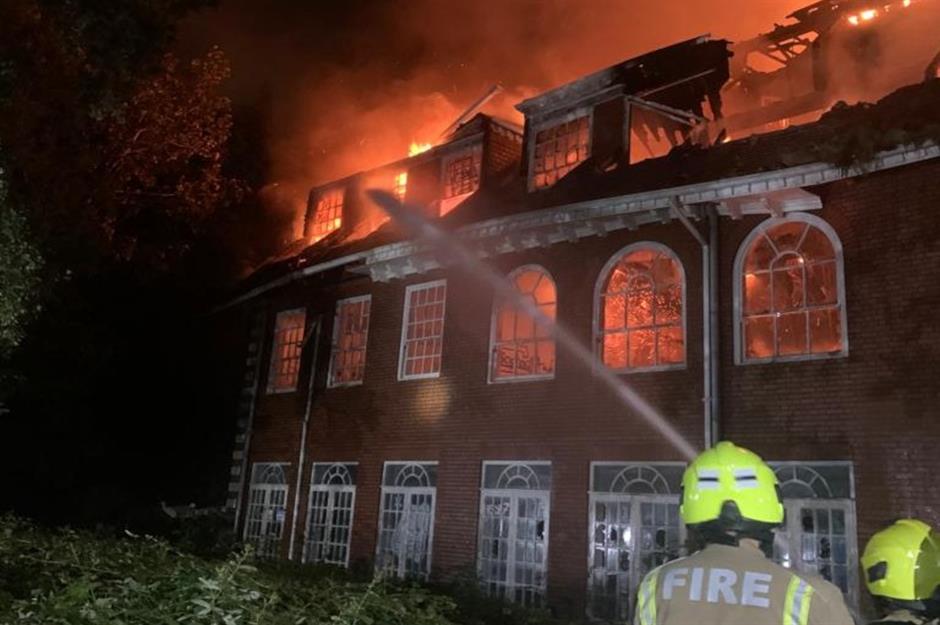
The flames spread from the ground floor to the first floor, and ultimately destroyed the roof of the three-storey building, causing so much smoke that the London Fire Brigade advised neighbours to keep their doors and windows shut. The firefighters remained on the scene for almost three hours as they attempted to subdue the fire, the cause of which remains unknown.
The origin of The Towers
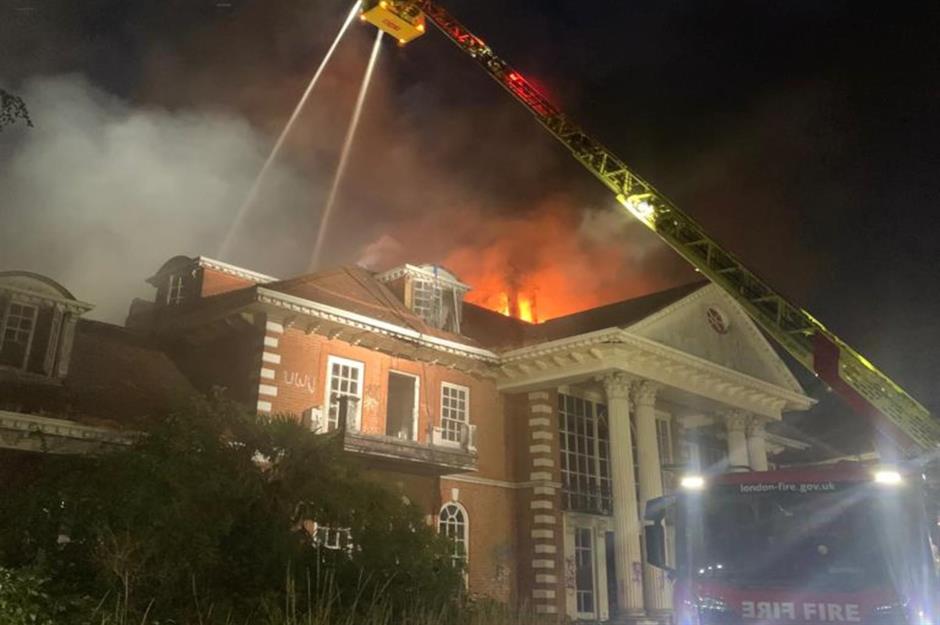
The home, known as The Towers, was once the site of an impressive Georgian-style mansion originally owned by musician and actress Gracie Fields. The first iteration of the building was replaced by the current structure, which is the largest on the street. The home is believed to have been bought in 1989 by the Saudi royal family's King Fahd, the country's then-ruler, for £25 million ($32m), less than half the original asking price, according to Insider.
Urban exploration hotspot
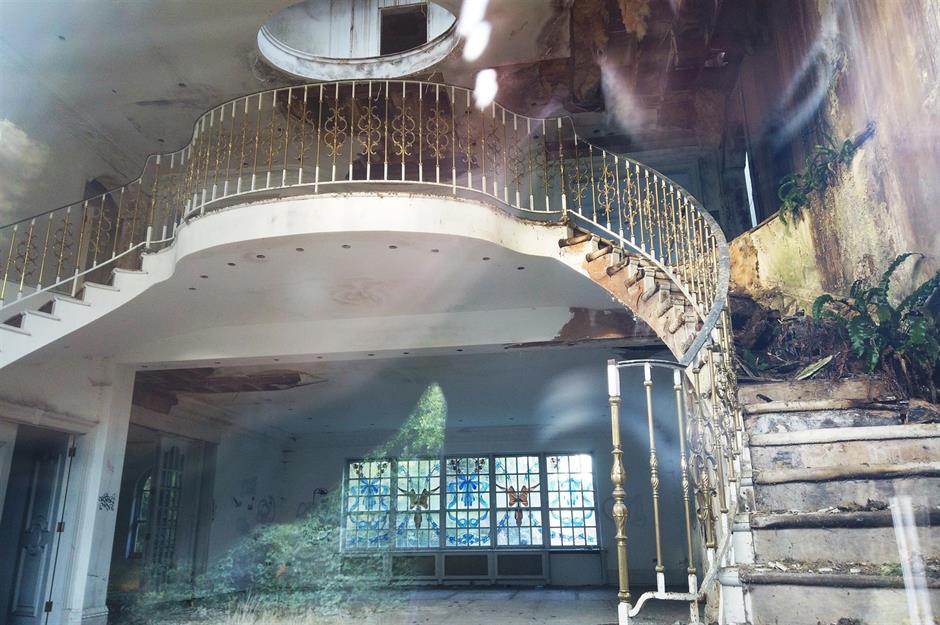
But the Saudi royal family never arrived. Left abandoned, the L-shaped brick mansion soon became a haven for squatters, who reportedly went so far as to change the locks and post a notice on the door outlining their rights. The mansion reportedly contained no furniture, but did include intriguing mementos from its past illegal occupants such as invitations to garden parties, according to Insider. A video filmed by The Guardian in 2014 also showed an unopened shipment of bulletproof glass, a legacy of the Gulf War era. The house has long been a hotspot for urban explorers, many of whom have shared video footage of the mysterious decaying property. The home's sweeping double staircase was captured here by Beyond the Point.
What happens next?
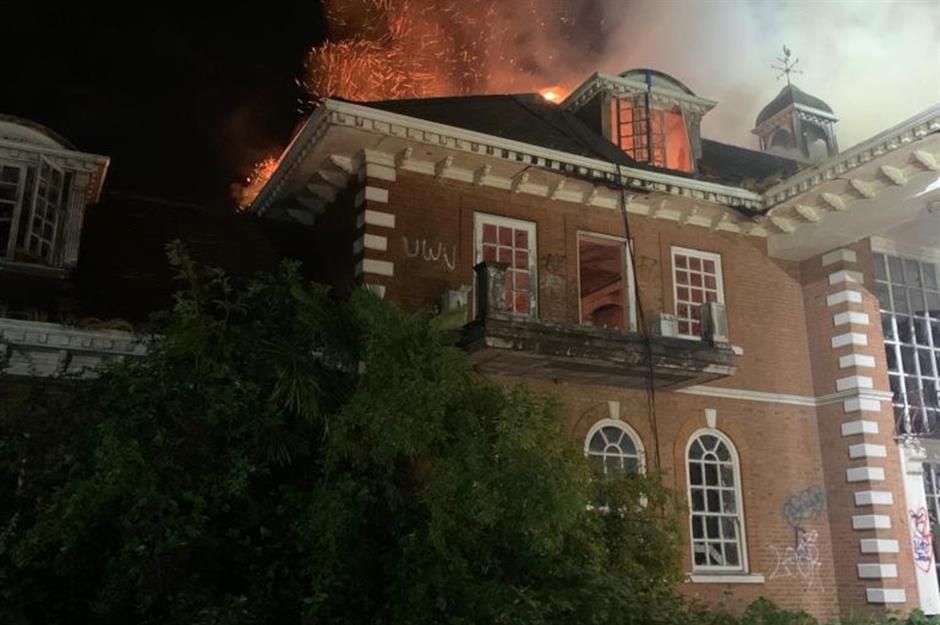
The Towers is currently owned by an Isle of Man-based shell company Birch Ventures Limited, which purchased the property in 2013. The freehold for the land is currently valued at a staggering £73 million ($57m) according to Sky News. The site is also reportedly the subject of a planning application by developers hoping to demolish the building and replace it with a block of 65 flats. Given the extent of the damage caused by the fire, it seems unlikely that any developer will be willing to restore the old building, which may well aid the case for demolition.
Read on to discover more property nightmares that struck unsuspecting homeowners...
READ MORE: These property disasters will strike fear into your heart
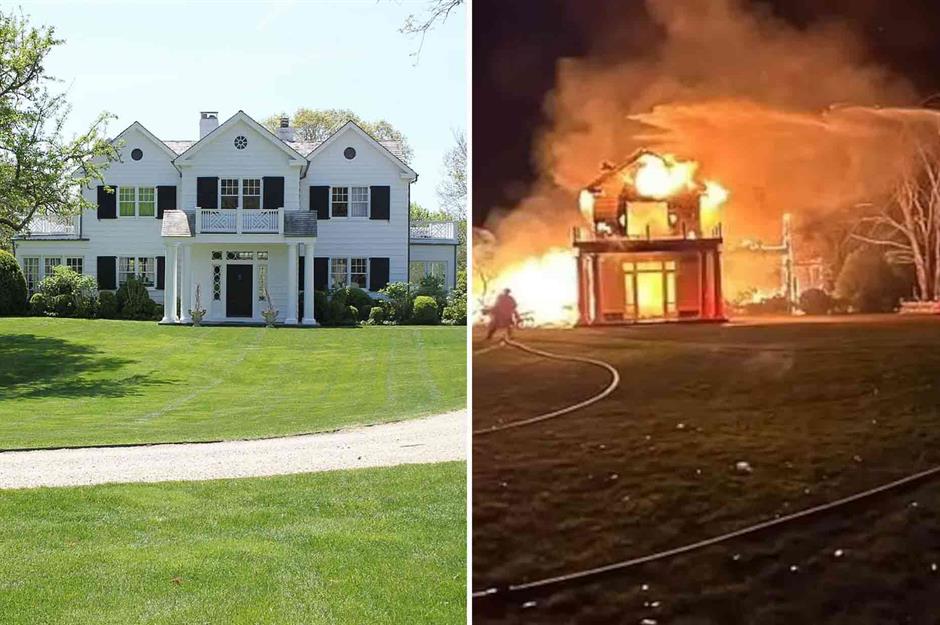
From Grand Designs gone wrong to faulty foundations, unexpected subsidence and crippling infestations, when property disasters strike, the effects can be devastating. Sometimes it's down to bad planning, but in other cases, houses are inexplicably struck down by natural disasters and unexpected events. Click or scroll on and let's take a look at our round-up of some of the worst property nightmares.
Beachside dream turned nightmare
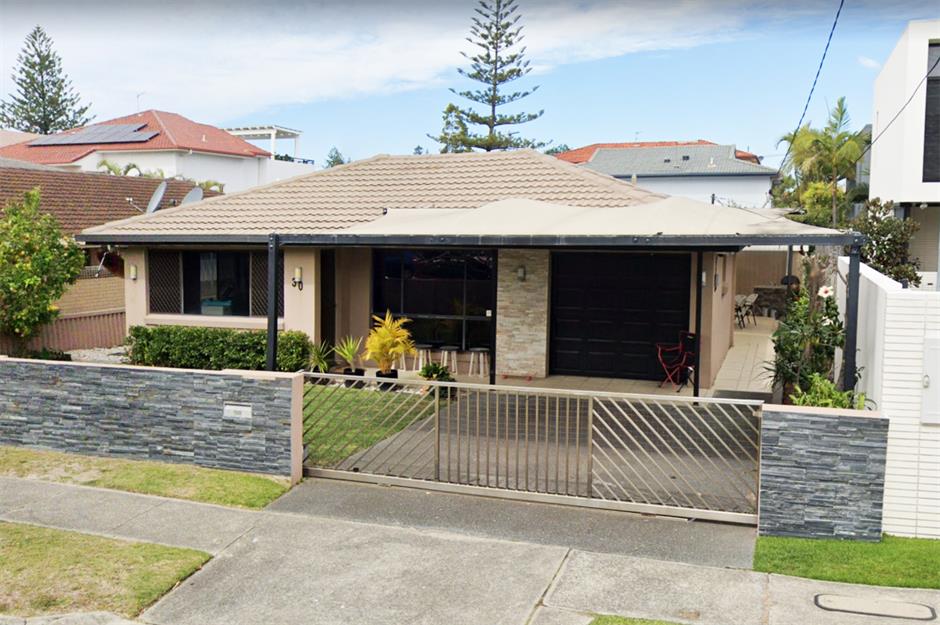
Imagine spending £621,000 ($796k/AUD$1.2m) on a home near one of the world's most beautiful beaches... only to discover that you don't own it at all. It sounds like a nightmare, but for one Australian couple, it's a shocking reality. Jess and Jackie Morecroft bought the Queensland home at auction in March 2018 and have lived in it for five years, but in February 2023 a judge ordered them to move out after finding it still belongs to the former owner.
Beachside dream turned nightmare

The three-bedroom, two-bathroom home was sold at auction after the owner had apparently defaulted on their mortgage. However, six months after the Morecrofts bought it, the previous owner, Hind Issa, launched legal action to get it back. Over the five-year legal battle that ensued, it became apparent that a relative of Ms Issa had applied for a loan using the house as a guarantee, forging her signature. They then defaulted on the loan, which led to it being auctioned off and bought in good faith by Mr and Mrs Morecroft. They specifically chose Mermaid Beach, which is close to the world-famous Surfers Paradise, as one of their children suffers from a lung condition.
Beachside dream turned nightmare

"We're just normal people who have bought a house," Mrs Morecroft told ABC News. After spending £155,000 ($199k/AUD$300k) on legal fees, the latest hearing in April 2023 ruled that the couple were entitled to recover almost £1.6 million ($2m/AUD$3m) from the Queensland government as they had been victims of a fraudulent sale. Although a "huge relief" for the unlucky couple, it just goes to show, house sales are not always what they seem. "You can buy a house at auction, you can settle on that house … you can pay for that house and you still might not get that house," Mr Morecroft said.
Vicar's home sold without his knowledge
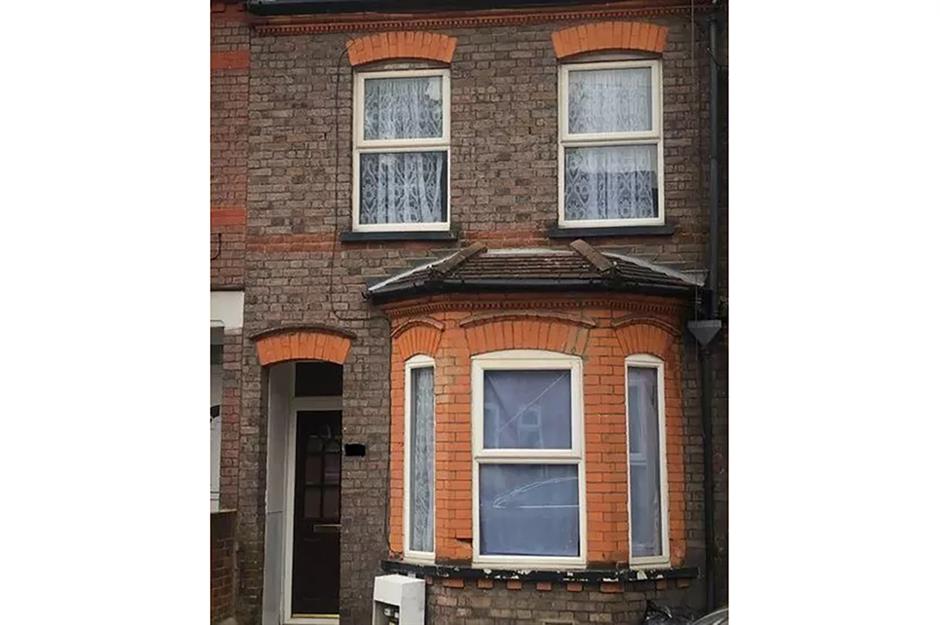
As shocking as it seems, deed fraud is on the rise. In August 2021, a vicar from Luton in the UK returned home after a trip to Wales to find the locks on his home had been changed, all his possessions and furnishings has been removed and a builder was at work renovating the interior. The builder alerted the father of the new owner, who arrived and told him: “It is now my property. You are now trespassing. Get out,” according to the BBC, despite the fact that Reverend Hall had owned the home for over 30 years. Bedfordshire police were called but initially declared it a civil matter and claimed there was "nothing further" they could do.
Vicar's home sold without his knowledge
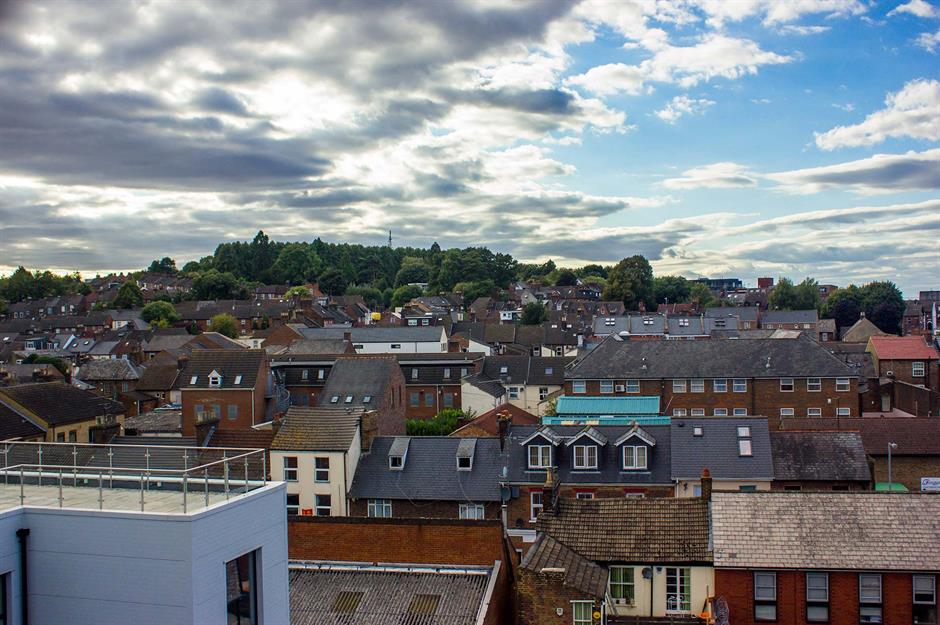
Eventually, with the help of BBC Radio 4's You and Yours programme, Mr Hall was able to convince Bedfordshire Police's fraud squad to begin an investigation, which resulted in the arrest of a Bedford man in November 2021. The man had used a driving license to impersonate Mr Hall, setting up a bank account in his name to receive the funds of the sale, and instructed a solicitor to sell the house. However, as of October 2022, the vicar was still fighting to get his house back. Unfortunately, once the house was sold to the new owner for £131,000 ($168k) by the imposter, they legally owned it and subsequently contested the appeal to have the house transferred back into Mr Hall's name.
Vicar's home sold without his knowledge
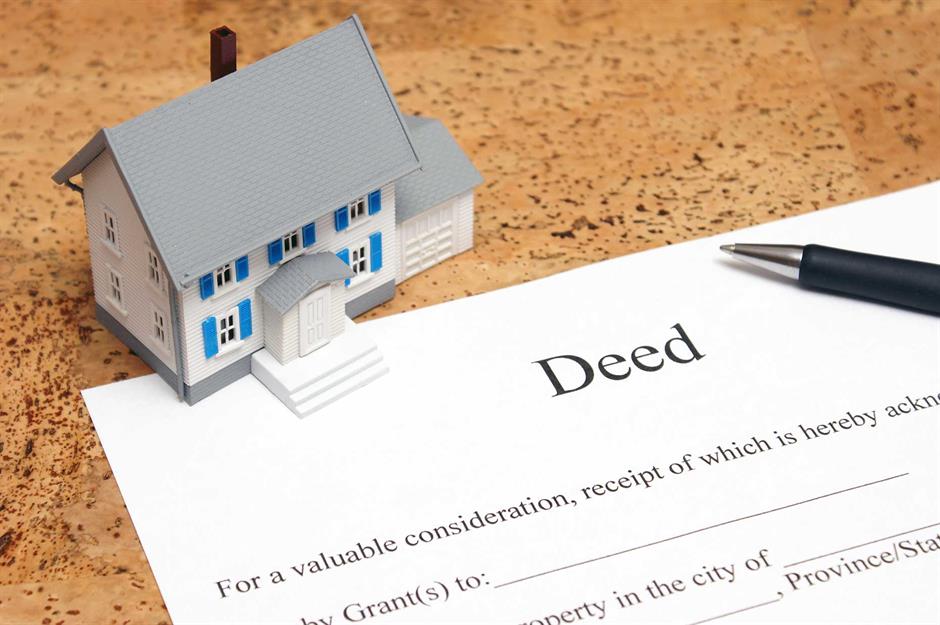
According to the BBC, the UK's Land Registry paid nearly £7 million ($9m) in 2021-22 for 598 claims to their indemnity fund, which is used to compensate victims of fraud. This is up from £5.4 million ($6.9m) for 540 claims in 2020-21. However, Mr Hall claimed that Land Registry had been slow in processing his claim. "Back in September [2021] I made that application with the Land Registry," Mr Hall said in October 2022. "As it stands today, more than 12 months down the line, they are still waiting to decide whether, as I wish, if the house will be transferred back into my name."
Historic mansion fire
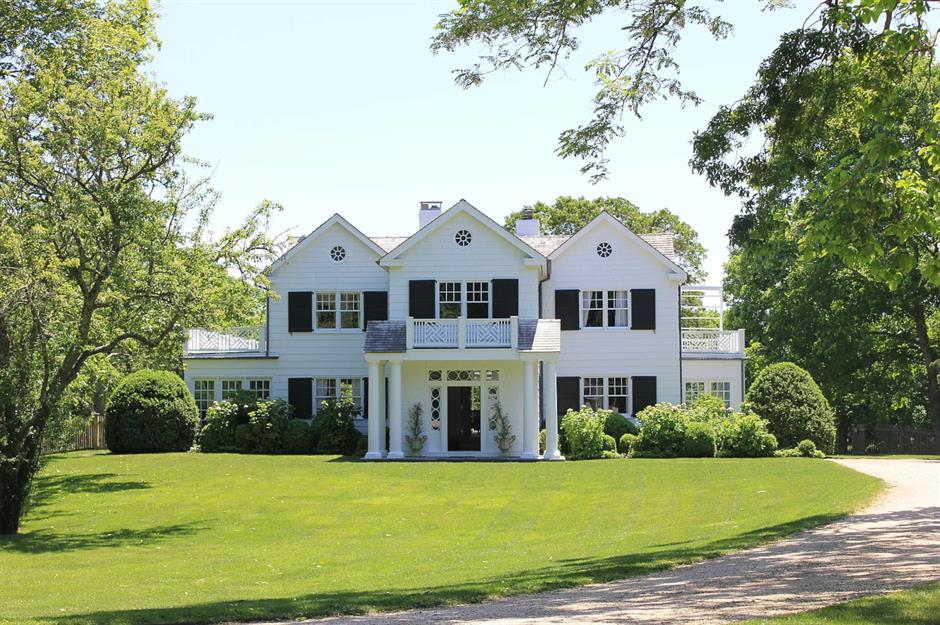
After splashing out on your dream home, the last thing you'd expect is to see it turn into a fiery inferno mere months later. Unfortunately for Oren Aviv, producer of movies including National Treasure, that's exactly what happened. While the movie mogul was away, flames sadly devoured his beautiful 1920s house in Southampton, New York.
Historic mansion fire

Aviv had purchased the nine-bed, nine-bath Hamptons mansion just six months previously for around £5 million ($6.5m) according to Zillow, and no doubt enjoyed a luxurious summer wandering its rolling 2.5 acres, lounging by the pool or entertaining guests in the property’s many glamorous living areas.
Historic mansion fire
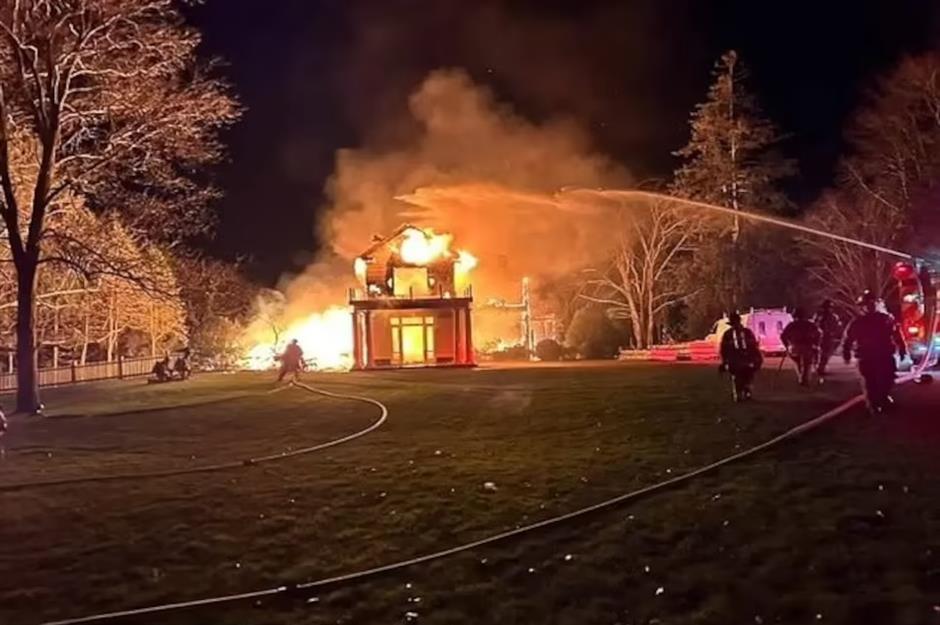
However, at approximately 12:24 am on Friday 9 December 2022, a fire broke out in the home, quickly blazing through the entire property. Fortunately, no one was in the house, as it was under construction at the time, and no injuries were reported, but the property itself was deemed "100% a loss" by fire spokesman Chris Brenner, The New York Post reported.
Dangerous damp
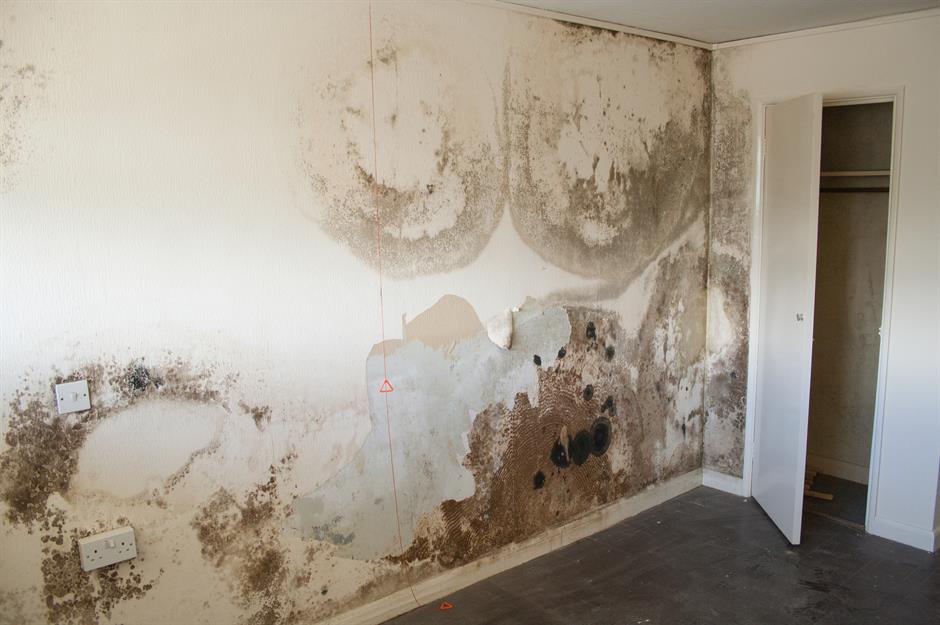
Damp is often found in neglected or water-damaged properties. It not only compromises the fabric of a building, but it can also be incredibly dangerous for your health, causing symptoms such as shortness of breath, throat irritation, a runny nose and red eyes. This certainly proved true for one woman...
Dangerous damp
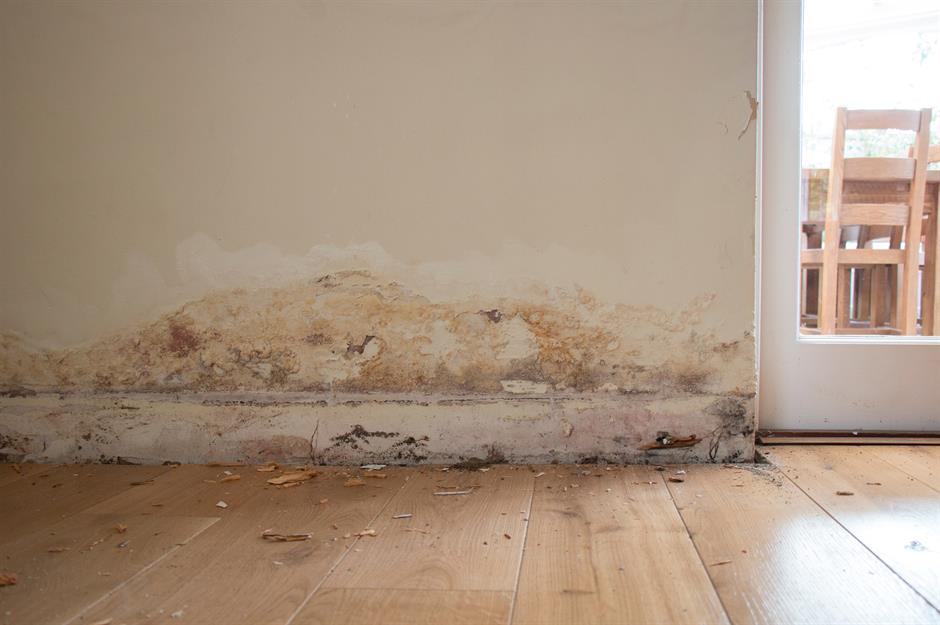
Imogen Groome revealed in Metro that damp in her rented property had led to extreme symptoms, including throwing up blood. "I’d reached the point where I woke up every morning to a sore chest, and breathing felt like I was taking in air through a straw." Imogen was suffering from an allergic reaction to the damp in her living spaces.
House collapse
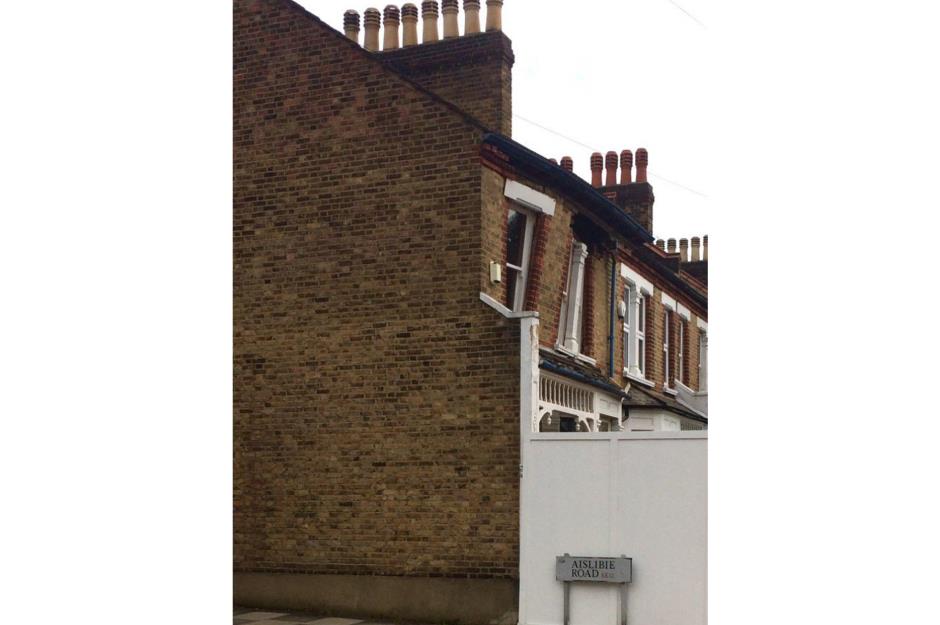
This building in Lewisham in London was spotted looking a little unstable by a passerby. Shortly after, the entire building – worth around £700,000 ($898k) – crumbled, with the roof falling in and the building collapsing in on itself. Neighbours described the noise as sounding "like a bomb had gone off", and those in the property next door were evacuated amid structural concerns.
House collapse
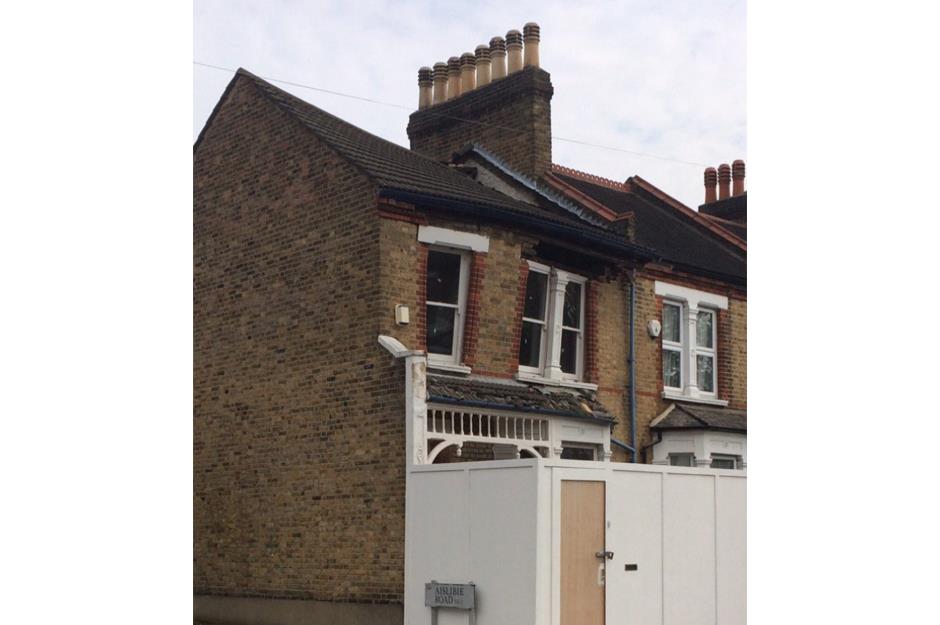
Local architect Ted Aston, 55, told the Evening Standard: "The roof of the building was leaning over the street, the corner of the road was cordoned off and they weren’t letting anyone near it." The reason that the house caved in, though, soon became obvious...
House collapse
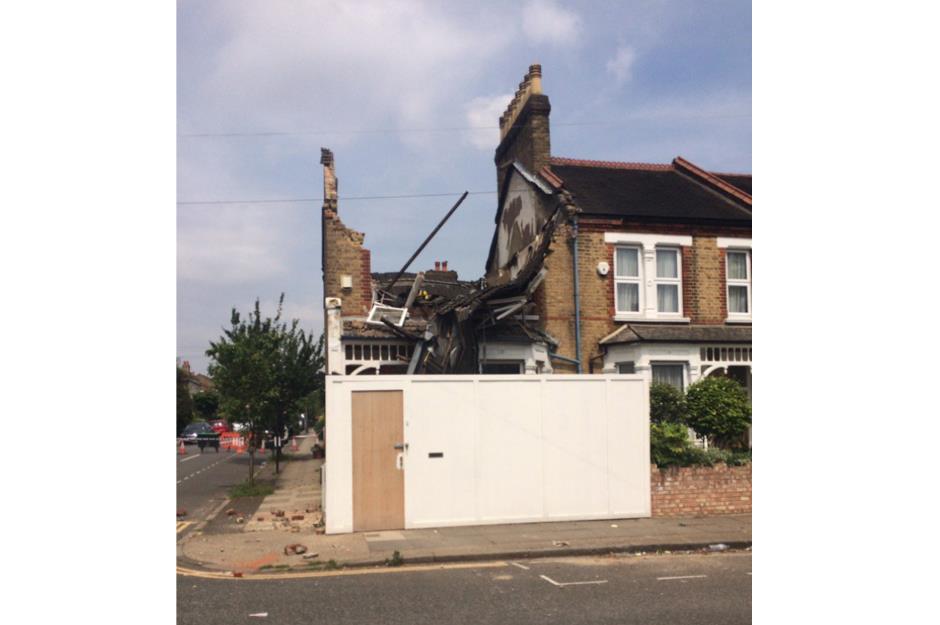
Ted explained that police had found that all the internal walls had been removed prior to the collapse. He explained: “These buildings are nearly 100 years old and even though some partitions appear to be non-load bearing, some of the partitions become part of the whole building." It just goes to show that you should always double-check before demolishing an interior wall.
House caving in
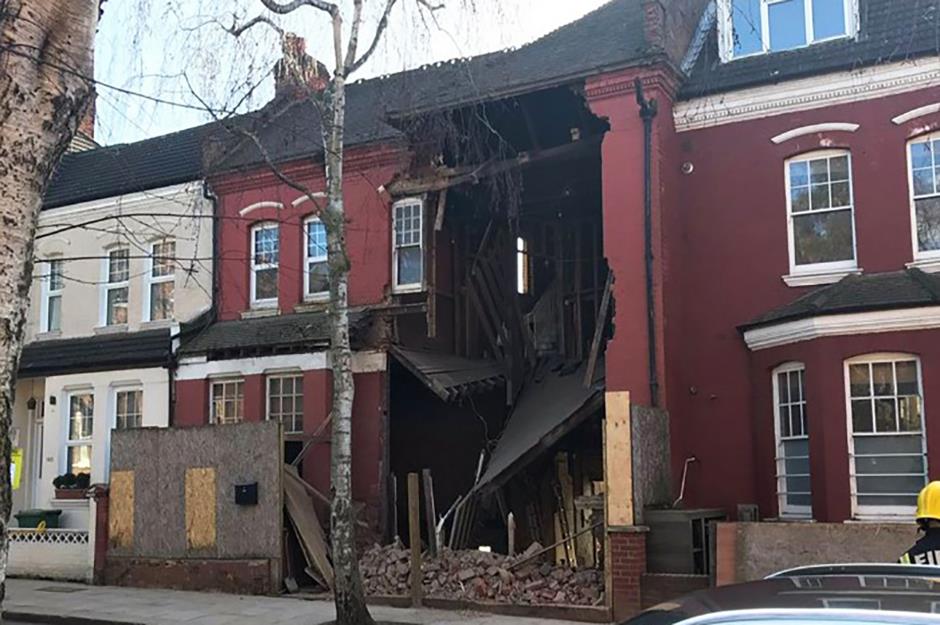
On the more extreme end, firefighters were called to this London street to find that one side of a six-bedroom two-storey house in West Hampstead had completely caved in, sadly reducing much of the Victorian terrace home to rubble.
House caving in
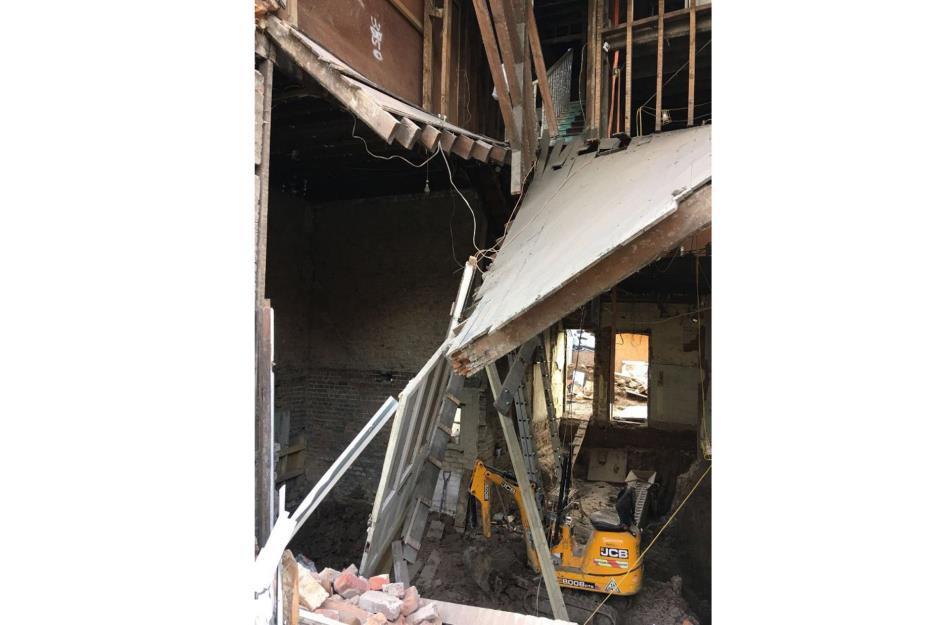
Terrifying pictures were released by London Fire Brigade as part of their on-scene report. They described the collapse as being from "roof to basement", and it's clear to see how dramatic the damage was. Consequently, they had to evacuate 10 people from the surrounding houses amid safety concerns.
House caving in
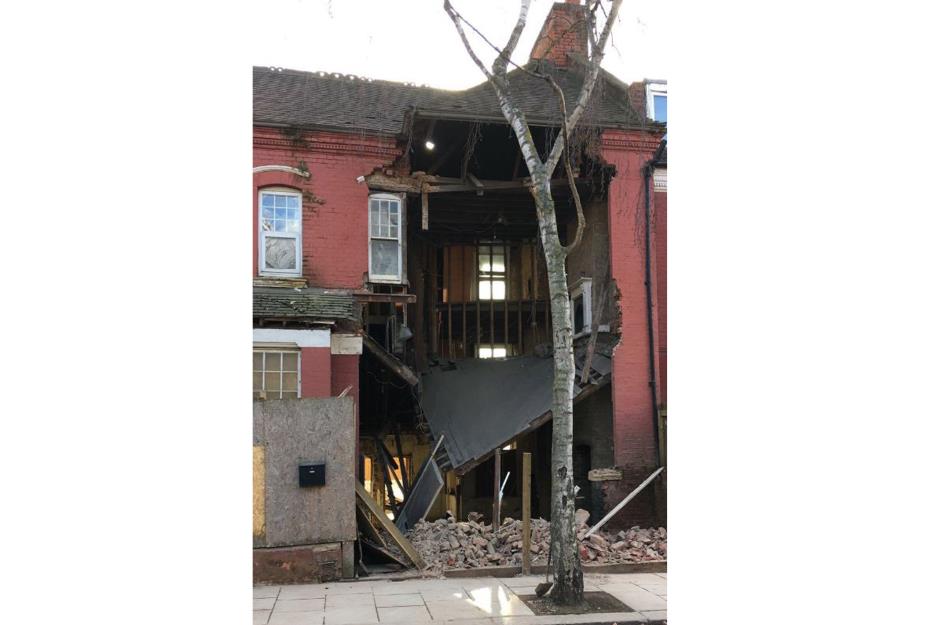
The house was last sold for £640,000 ($821k) in 2006 but was listed for sale again in 2013 as a six-bedroom home. Planning permission had also been granted to excavate the basement, though it's unclear whether this was ever carried out, or whether construction work may have contributed to the structural failings.
House caving in
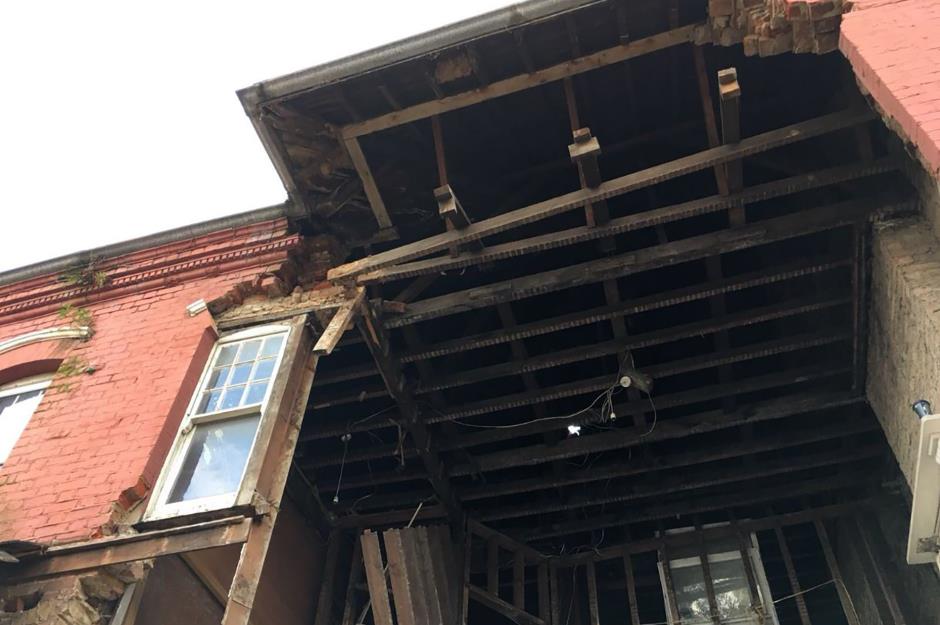
Local residents said the abandoned house had been boarded up for a couple of years, but shortly before the collapse, builders had been observed venturing inside the property. It's still not clear exactly what happened, but it looks like the house had been gutted prior to the disaster.
Catastrophic house fire
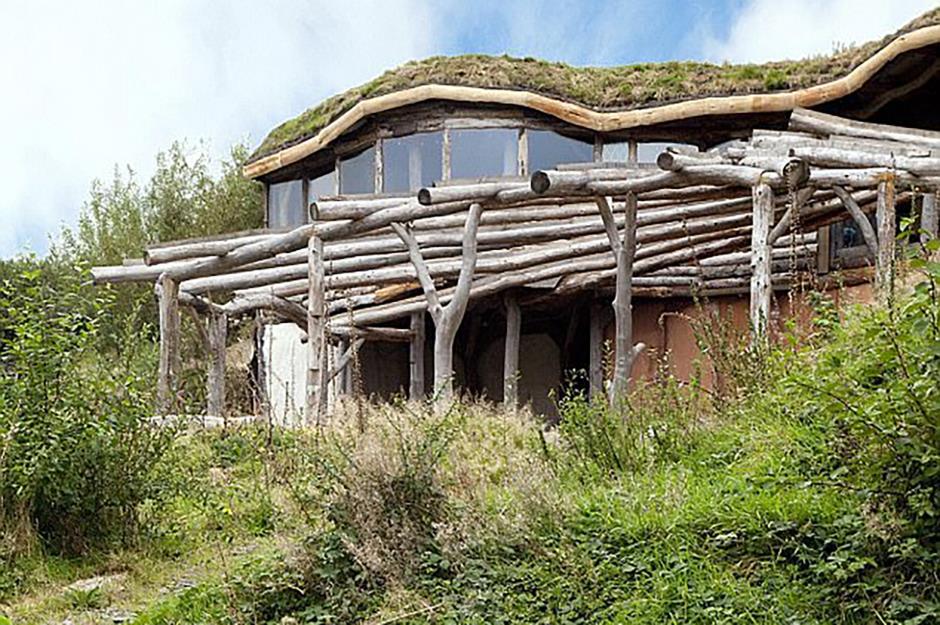
Home builders often face difficulties during ambitious construction projects, from running into money problems to unexpected delays, but this has to be one of the saddest tales we've heard. This eco house, which featured on the TV show Grand Designs, burned down on New Year's Day 2018, leaving its owners understandably in shock.
Catastrophic house fire
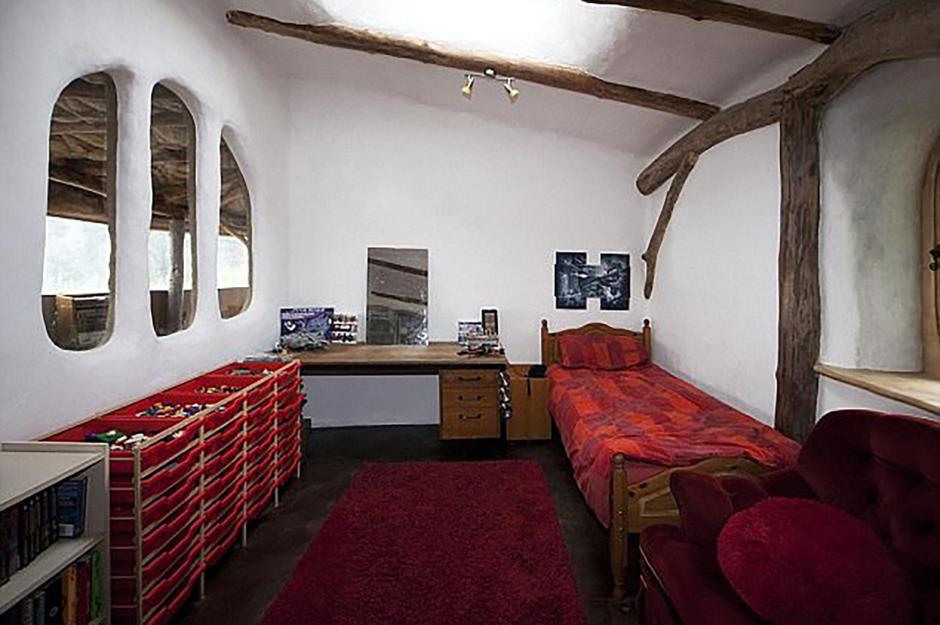
The house was built entirely of reclaimed materials, including glass and timber, and was insulated with sheep's wool. But, crucially, it was also built using straw. This meant that the fire, which was started by a freak electrical accident, completely devastated the property.
Catastrophic house fire
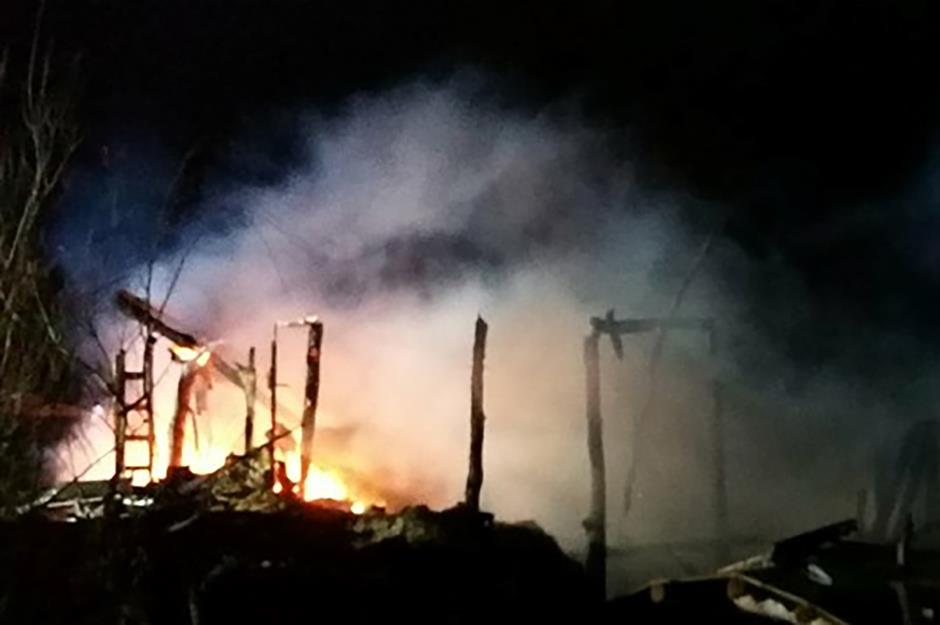
The owners hoped to rebuild their pioneering eco house, which they had been working on for six years. Unfortunately, they didn't have insurance as it was still under construction, so a kind friend set up a JustGiving page to help the couple raise the funds to resurrect their masterpiece.
Devastating floods
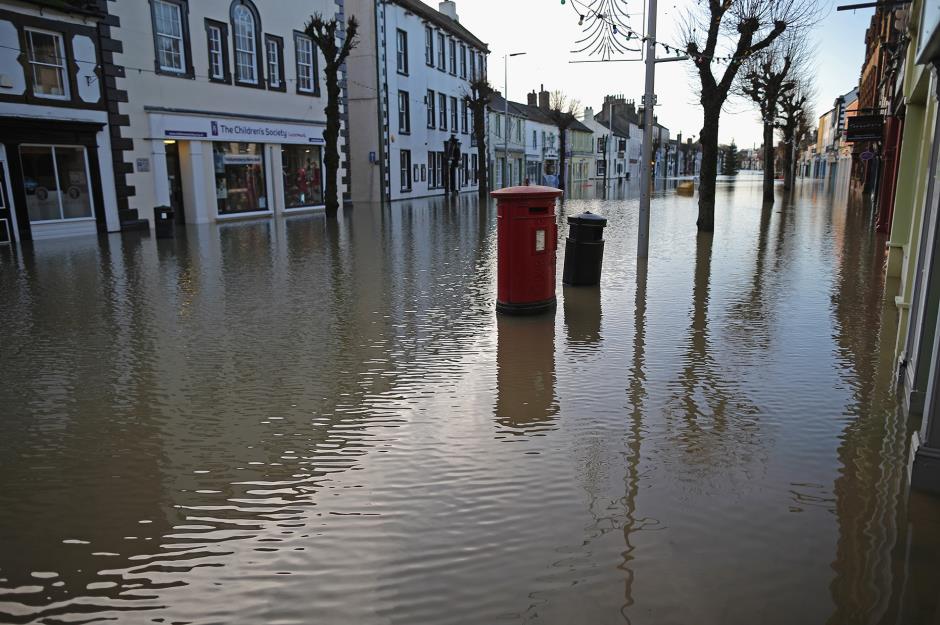
The picturesque town of Cockermouth in Cumbria in the UK has suffered from several bouts of extreme flooding over the years. One of the most devastating incidents was in 2009, when the river Cocker rose by two-and-a-half metres when 314 millimetres of rain fell in a single 24-hour period.
Devastating floods
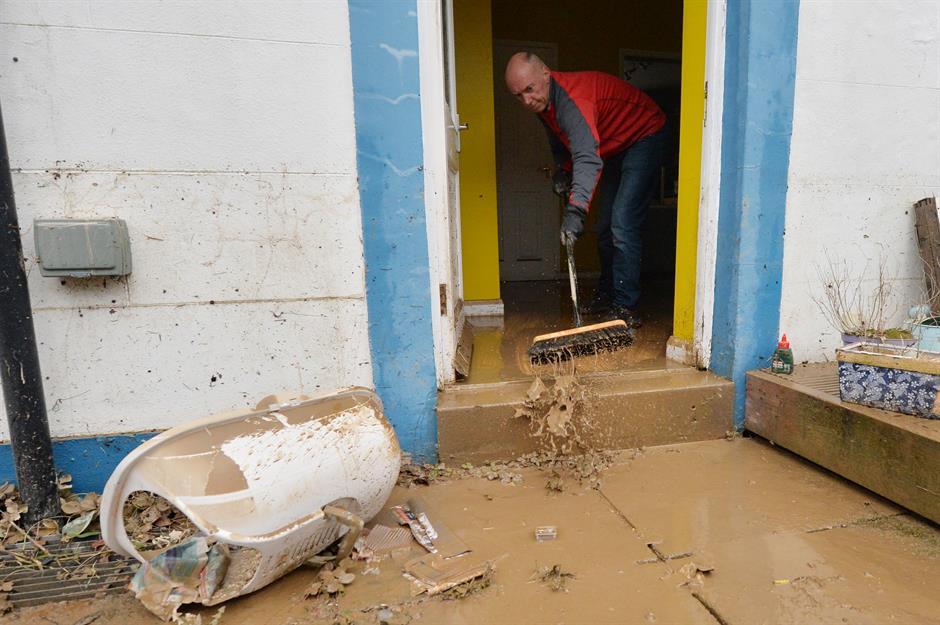
Many residents lost everything as flood waters destroyed homes and left silt and mud deposits as they receded. The freak flood led to an army of contractors and utility workers descending on Cumbria to rebuild the infrastructure and get residents back into their homes.
Devastating floods
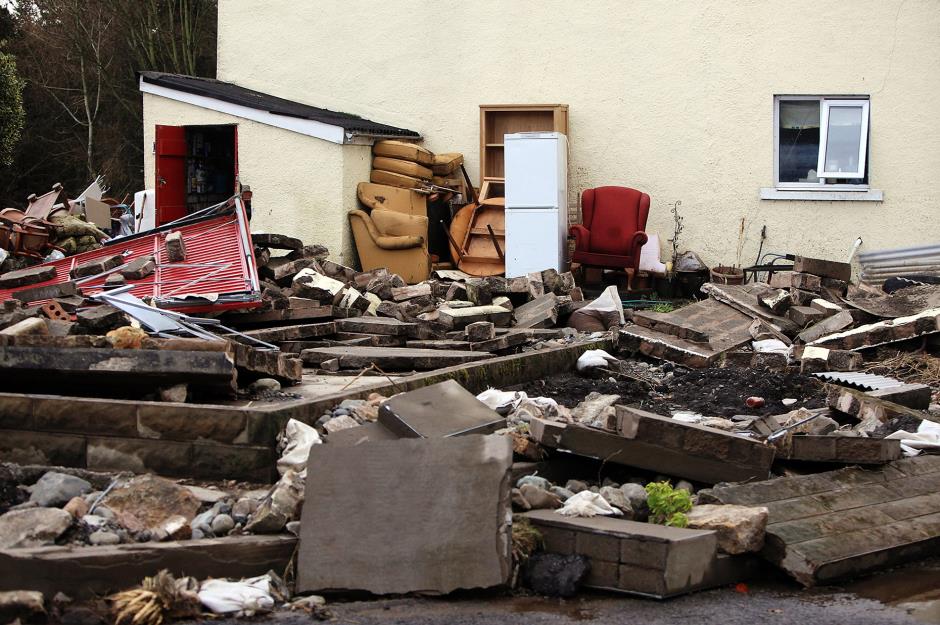
These devastating floods completely destroyed the bottom floors of the worst-affected homes. There were 25,000 insurance claims following the floods, which helped to cover the repairs for some. Yet, for those who wanted to cut their losses and sell up, property values plummeted, while insurance premiums for future flood cover reached almost impossibly high levels.
Swallowed by a sinkhole: Florida
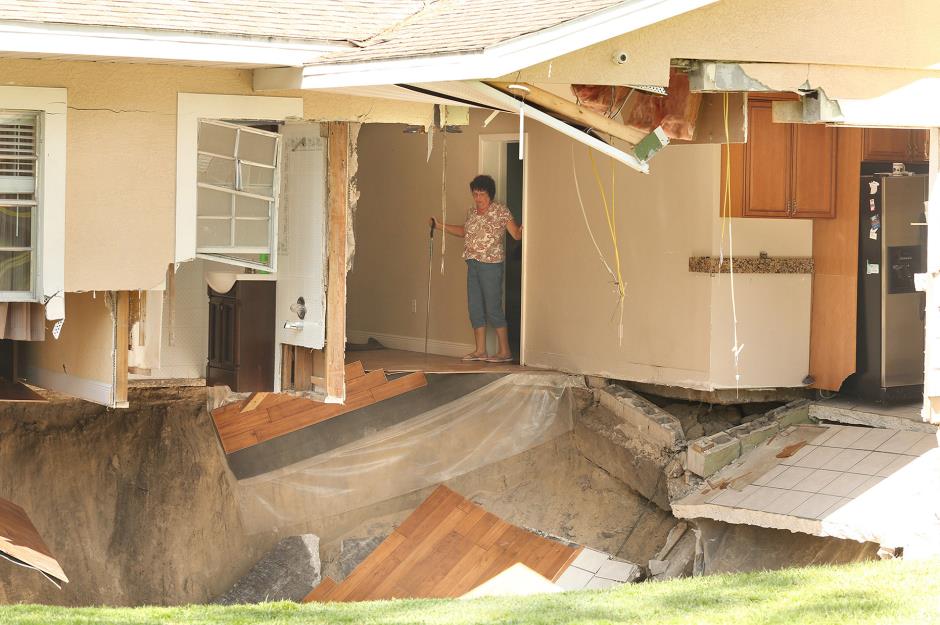
There's nothing more shocking than the ground swallowing up your home from under your feet. Ellen Miller, from Apopka, Florida, was terrified when a sinkhole formed inside her home. “I wasn’t sure what all the sounds were until I got up and saw the big, huge cracks in the walls, and they were just enormous,” Ellen Miller, 69, told News 6.
Swallowed by a sinkhole: Florida
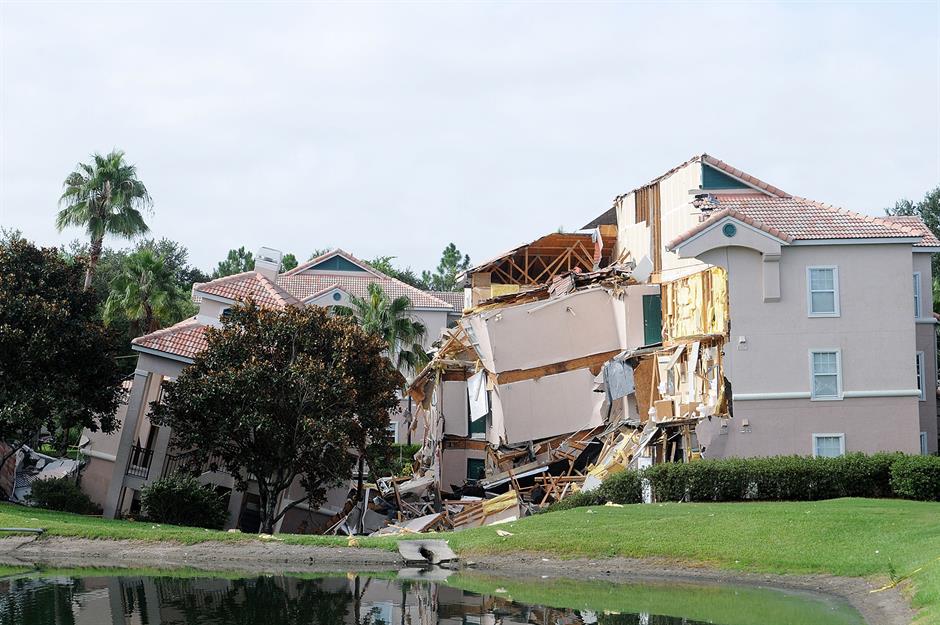
Due to Florida's geological makeup of soluble limestone rock and limited drainage, the state is very susceptible to sinkholes. A 40-foot sinkhole opened up under Summer Bay Resort near Disney World in Clermont, Florida. Despite swallowing a huge portion of the building, there were thankfully no injuries or deaths reported.
Swallowed by a sinkhole: Florida
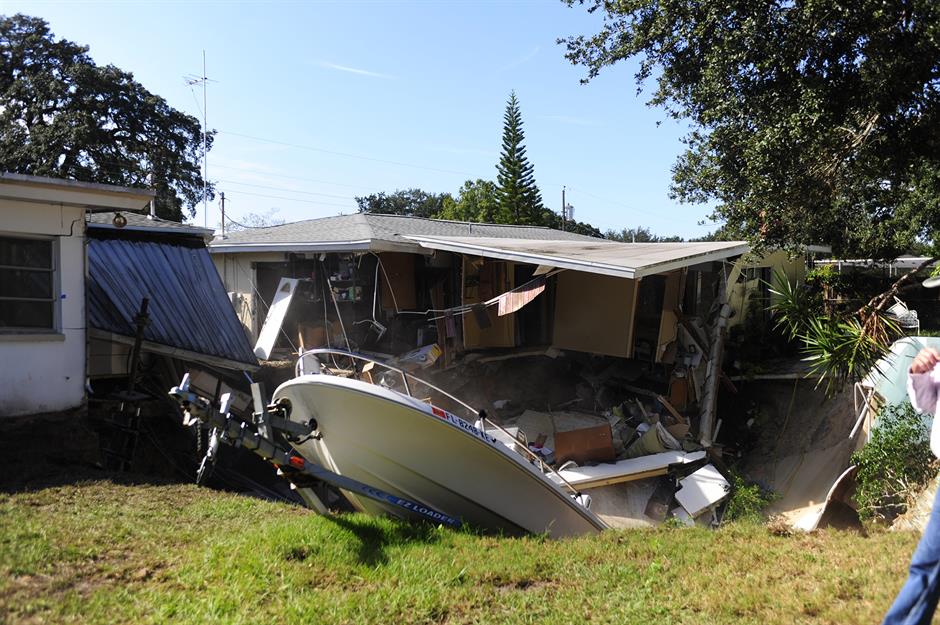
In November 2013, the rear portion of a residential home was consumed by a sinkhole in Dunedin, Florida. According to reports, the large sinkhole began to form between two houses and grew to about 30 feet wide by 30 feet deep. It even took a powerboat that was parked on the driveway!
Swallowed by a sinkhole: China
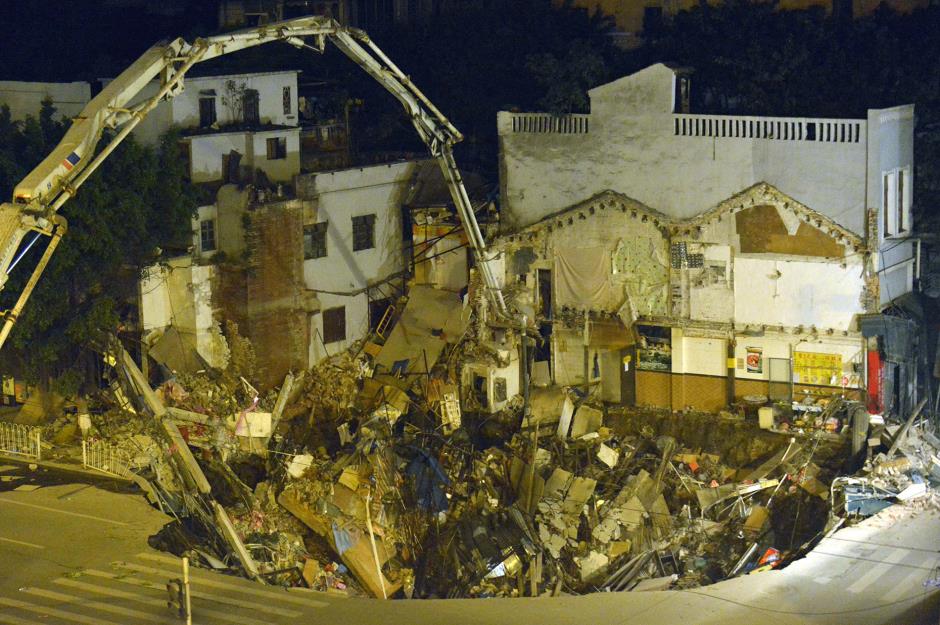
It's not just Florida that's prone to sinkholes. This mega hole appeared in the Chinese city of Guangzhou in 2013, near to a subway construction site. It measured about 1,000 square feet across and was around 30 feet deep. The dangerous crater swallowed several buildings but luckily no one was hurt.
Swallowed by a sinkhole: China
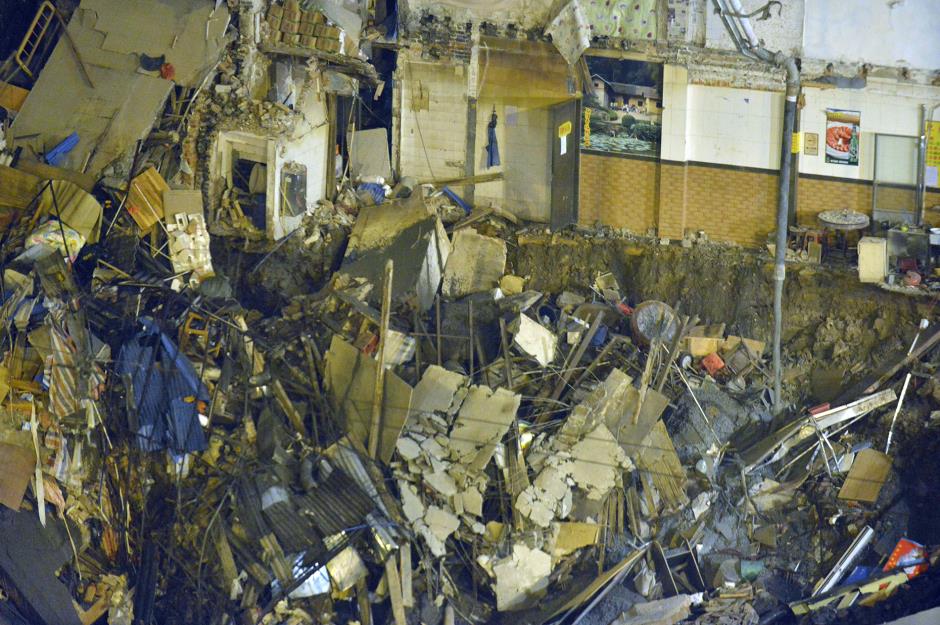
Nevertheless, the devastation was huge and three substantial buildings were completely destroyed by the sinkhole. Five shops were also lost to the natural phenomenon and power was knocked out in many of the nearby residential houses.
Swallowed by a sinkhole: China
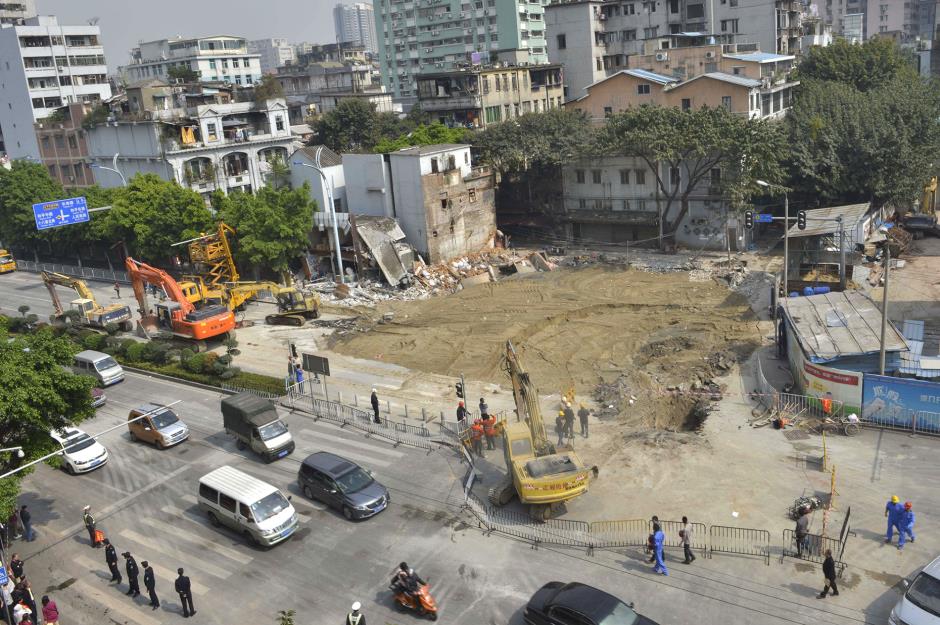
Engineers in Guangzhou worked through the night to resurface the area and the hole was filled in with concrete. Many assumed the destruction was over, but unfortunately, a second cave-in occurred just a day later and the entire area was roped off as unsafe.
Homes swept into the sea
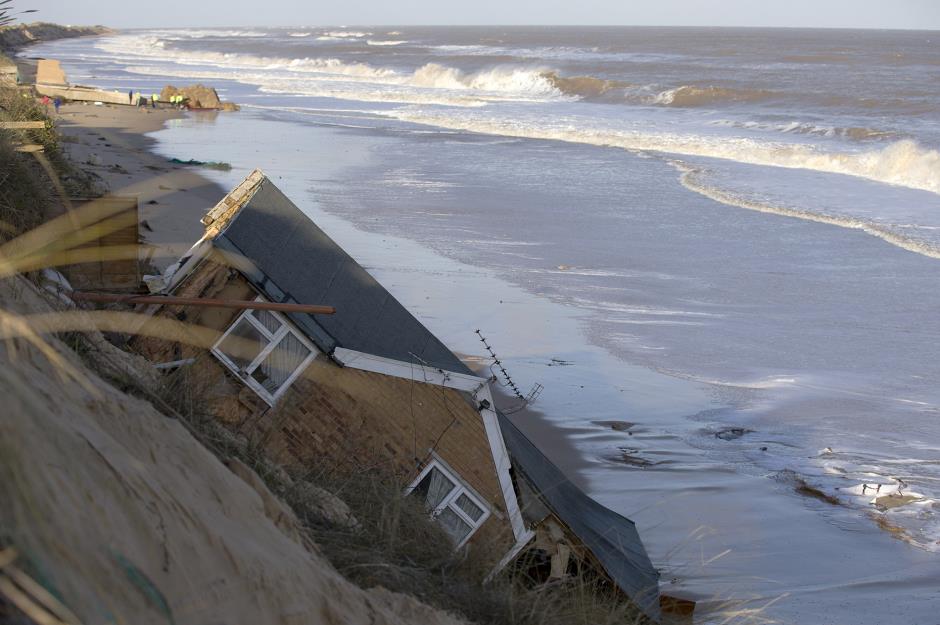
The sea can also wreak havoc on homes. This property was drawn into the ocean during a tidal surge in Hemsby in the east of England, just before Christmas 2013. A huge storm lashed Britain, unleashing the worst tidal surge in 60 years. Three homes were lost to the sea at Hemsby and seven more were damaged.
Homes swept into the sea
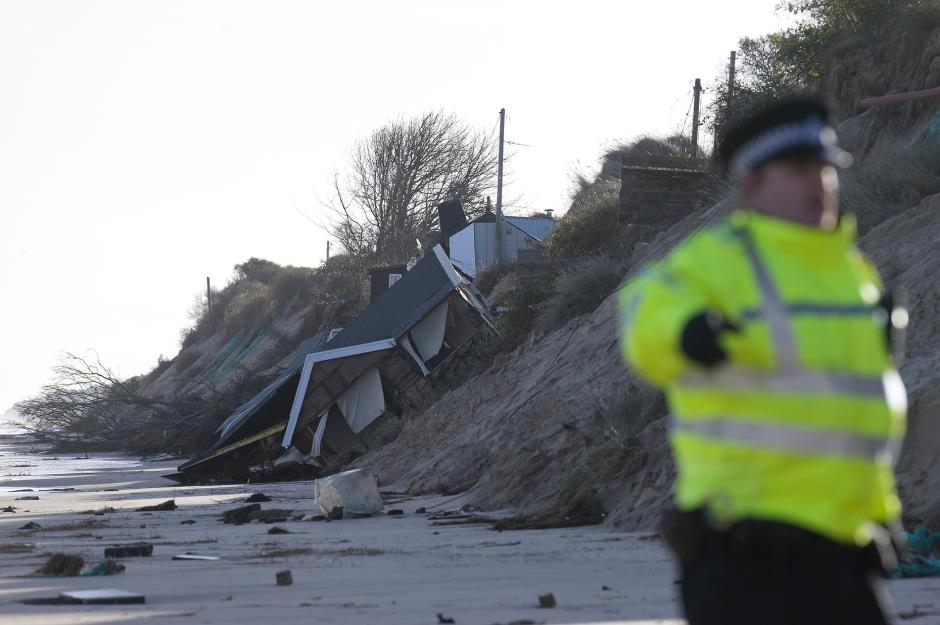
Residents were evacuated from some of the worst-affected houses, but others chose to remain and have suffered further destruction from similar tidal events. The residents lost a bid of £2.3 million ($3m) for government-funded flood defences, but in 2015 they raised enough money for partial sea defences. Sadly, it doesn't seem to have been enough, as more buildings enter the danger zone and teeter precariously on the cliffs. A further three homes close to the cliff edge had to be demolished in March 2023 after they were deemed at risk.
Destroyed by a hurricane
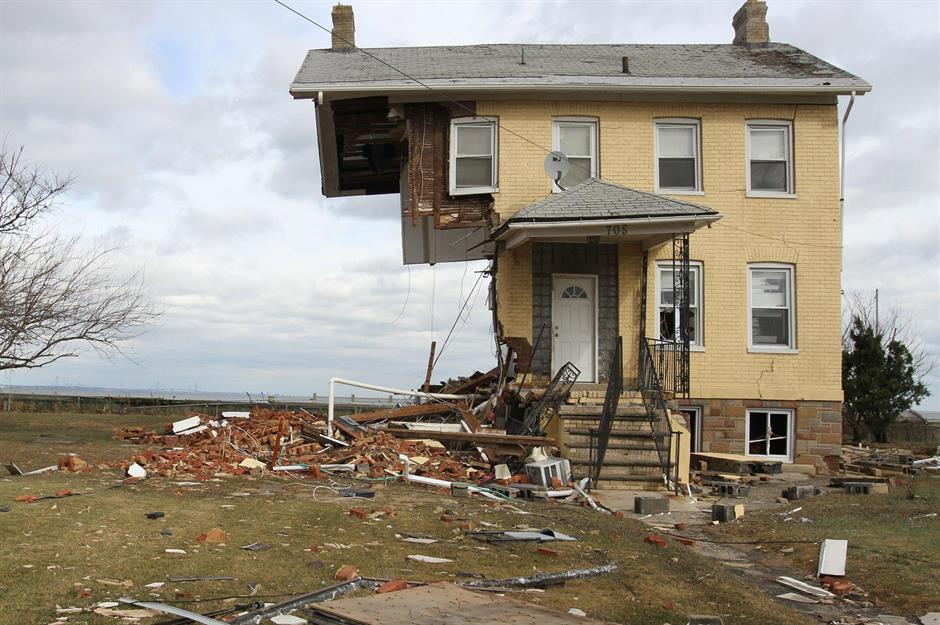
It's a homeowner's worst nightmare when an act of God damages your property beyond repair. Hurricane Sandy left an aftermath of devastation after it hit the northeastern coast of America in 2012. This house, in Union Beach in New Jersey, was ripped in half as the storm passed through.
Destroyed by a hurricane
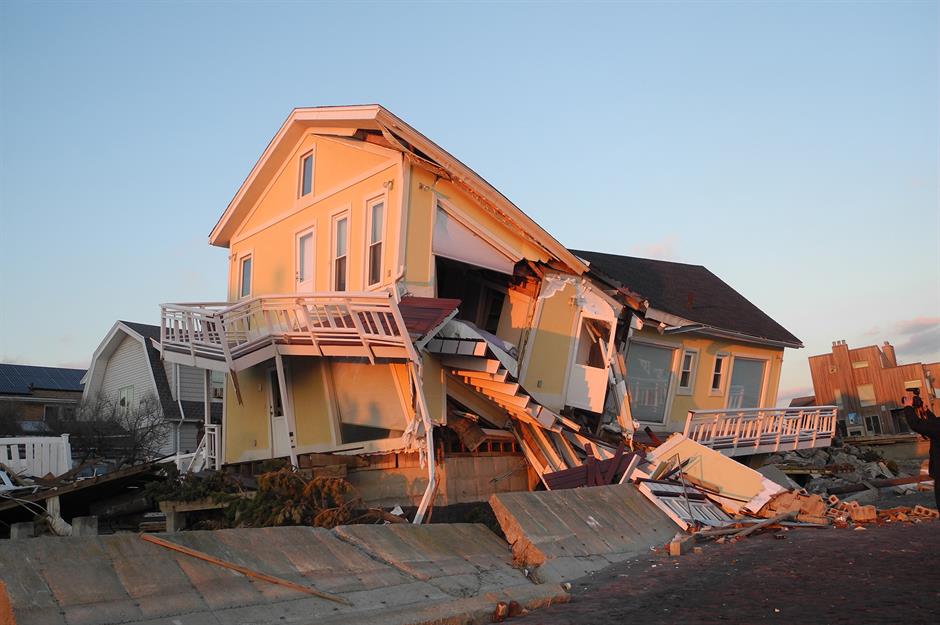
New York was badly hit by the hurricane and the damage took months to repair. This devastated house in the Rockaways area folded in half under the pressure of the storm. All along the beach, there were red tags reading 'do not enter, dangerous', even months after the hurricane had hit.
Destroyed by a hurricane
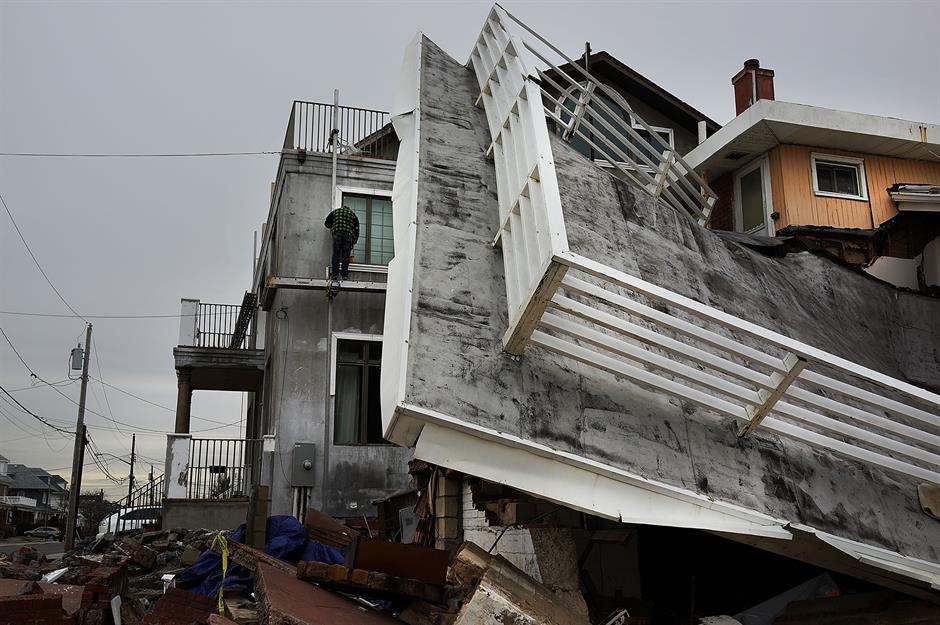
Pictured here is a home damaged by Superstorm Sandy along the beach in the Rockaways in the Queens borough of New York City. According to the National Oceanic and Atmospheric Administration, the extreme weather caused an estimated £51 billion ($65bn) in damage across the US, making it the fourth-costliest weather disaster in American history after Hurricanes Katrina, Harvey and Maria.
Consumed by ice
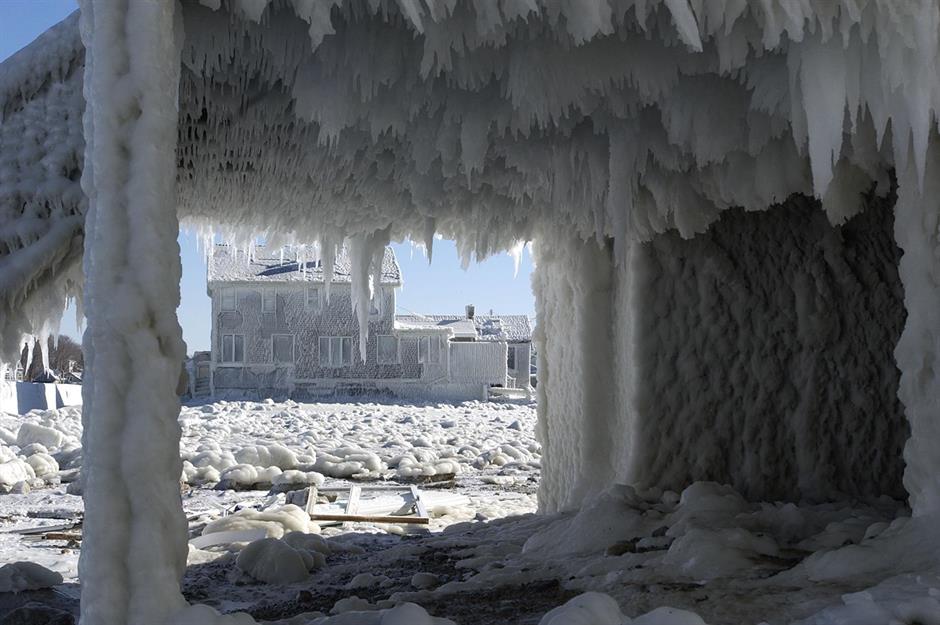
A sprinkling of snow can be beautiful on a property but this deep freeze proved to be disastrous for local homeowners. A huge storm hit, Hull, Massachusetts one weekend in late January 2005. The area was covered with ice, causing major damage to property as it melted and refroze.
Consumed by ice
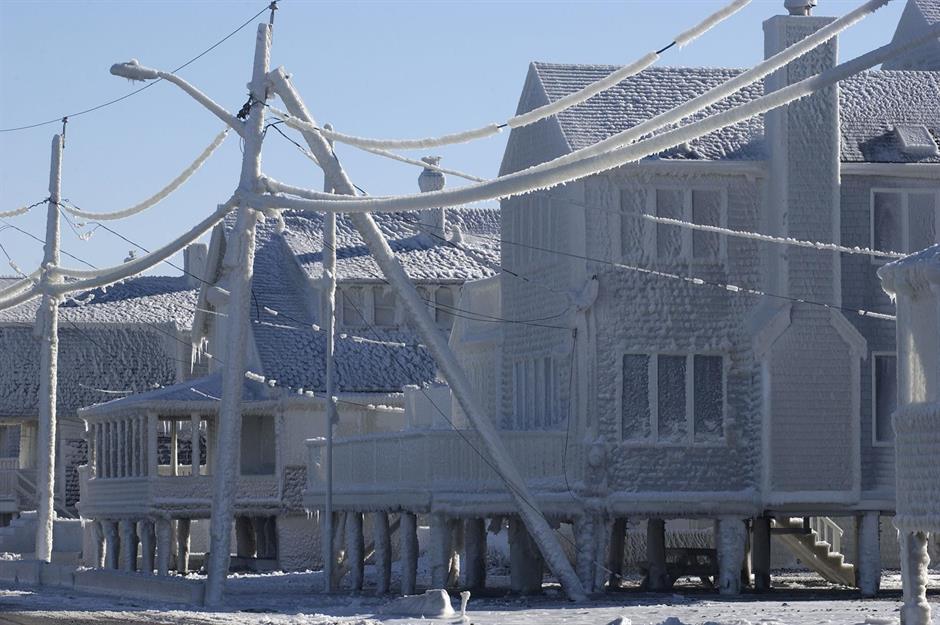
Nearby in Scituate, Massachusetts, a row of coastal homes were covered with a thick layer of snow and ice thanks to the same major storm passing through. The buildings were completely iced over and, thanks to their traditional wooden cladding, were unfortunately badly affected by the weather.
Consumed by ice
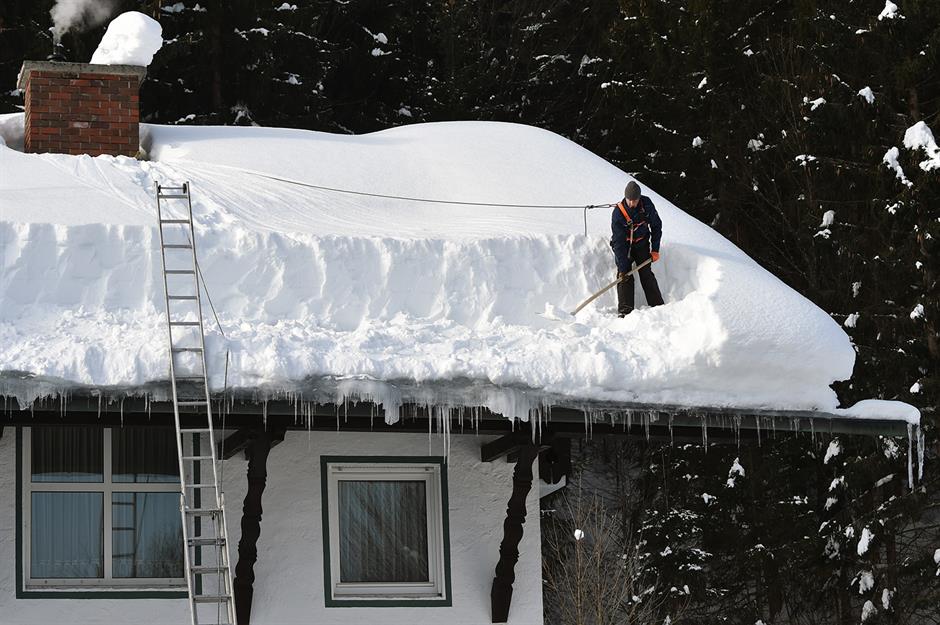
In 2006, southern Germany suffered unusually heavy snowfall that caused substantial damage to buildings across the region. Heavy snow caused walls and roofs to collapse, including that of an ice rink in Bad Reichenhall, which collapsed in January 2006 killing 15 people. Rescue efforts were hampered by the continuing blizzard.
Follow us on Facebook for more fascinating real-life home stories
Comments
Be the first to comment
Do you want to comment on this article? You need to be signed in for this feature